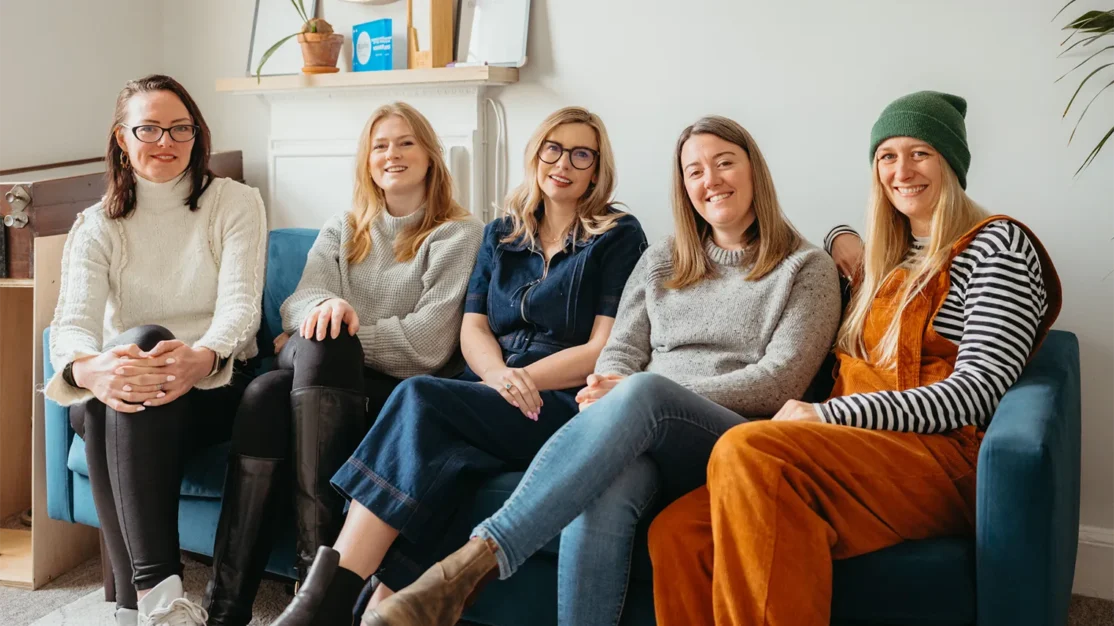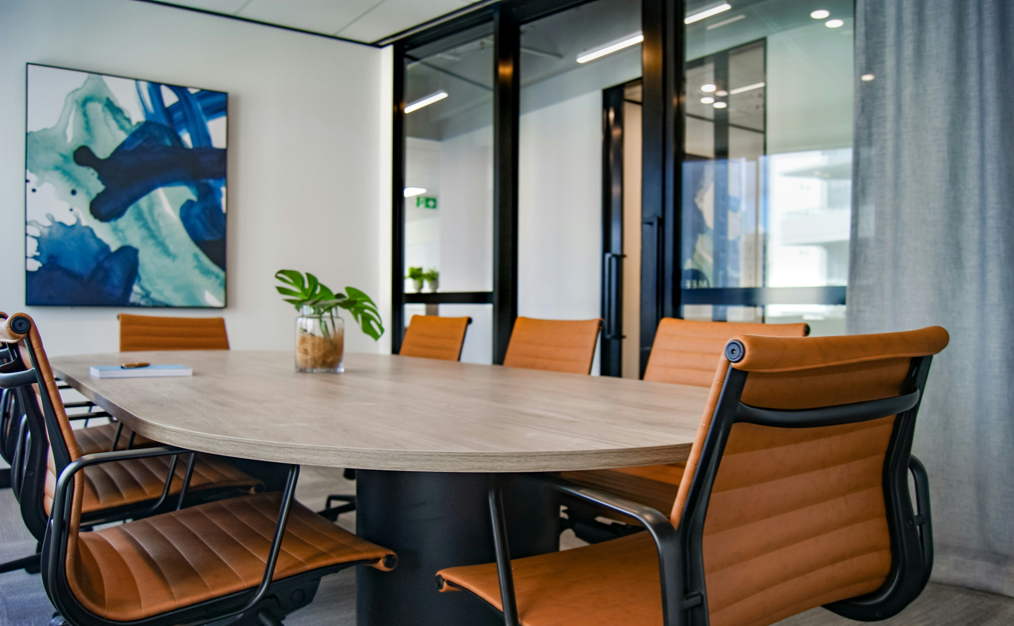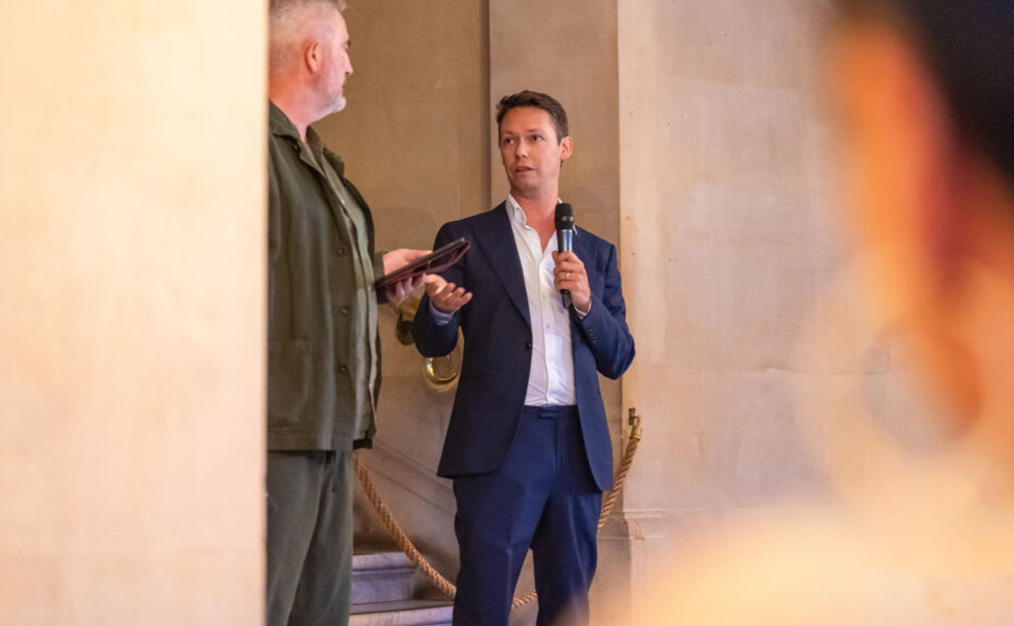Equipment you’ll need
To start playing you’ll need 4 things;
- A camera which allows slow shutter speed, giving a very long exposure (all DSLR cameras will allow this). I will be using my old Nikon D40, which is a basic ‘start of the line’ DSLR.
- A small maglite (or equivalent). We’ll need to use either the AAA or AA battery powered maglite as they have a suitability small bulb for our purpose.
- An object to be photographed. I’ll be using my beloved Ibanez SA Guitar in this tutorial!
- A dark backdrop. A dark curtain or sheet would be perfect.

Preparation
Next you’ll need to prepare yourself for the shot. Unless you have a room / studio that you can totally black out, I recommend waiting until night time to take your shots – to achieve best effect.
First, place your object (e.g. guitar) against a dark / black background. I propped my guitar against a black amplifier so that it was stood up, with a black sheet behind it and running along the floor.
Next, mount your camera on a tripod if you have one, with the object in shot. If you don’t have a tripod, find a stable surface for your camera.
It’s a good idea to put on a dark top at this point – and if you have any dark gloves they will help keep you ‘out of shot’. Now your ready to shoot!
Camera and Torch Settings
To achieve the lighting effect we need to set the camera to take a very long photograph. To do this you need to set your camera to have a very slow shutter speed / set a long exposure time. If your unsure of how to do this, consult your camera manual. I set mine to 30 seconds, but you may want to try 45 – 60 seconds if you don’t achieve the effect you desire, or simply don’t have time to complete the shot in 30 seconds.
Finally, before taking the photo, remove the front part of your maglite by unscrewing it (as shown below) this will expose the bright white bulb.

Click!
We’re ready to go!
With the torch on and bulb exposed, switch off all other lights, hit shoot button on the camera. You should hear the shutter click open.
Now you can play! Draw sweeping arcs or trace detail of your object. Try going over areas of an object more than once to light it differently. The closer to the object you are, the more you will pick up the reflections.
Below are a few examples of my photos… Happy snapping!


Note how in my examples the red of the guitar has been picked up by the light. You can apply glow to surfaces by shielding the bulb from the camera.
We’d love to see some of your attempts so please feel free to link to them below in the comments area. If you’ve enjoyed this blog please consider sharing it with your friends through Twitter, Digg, Delicious or any other method you feel fitting!



